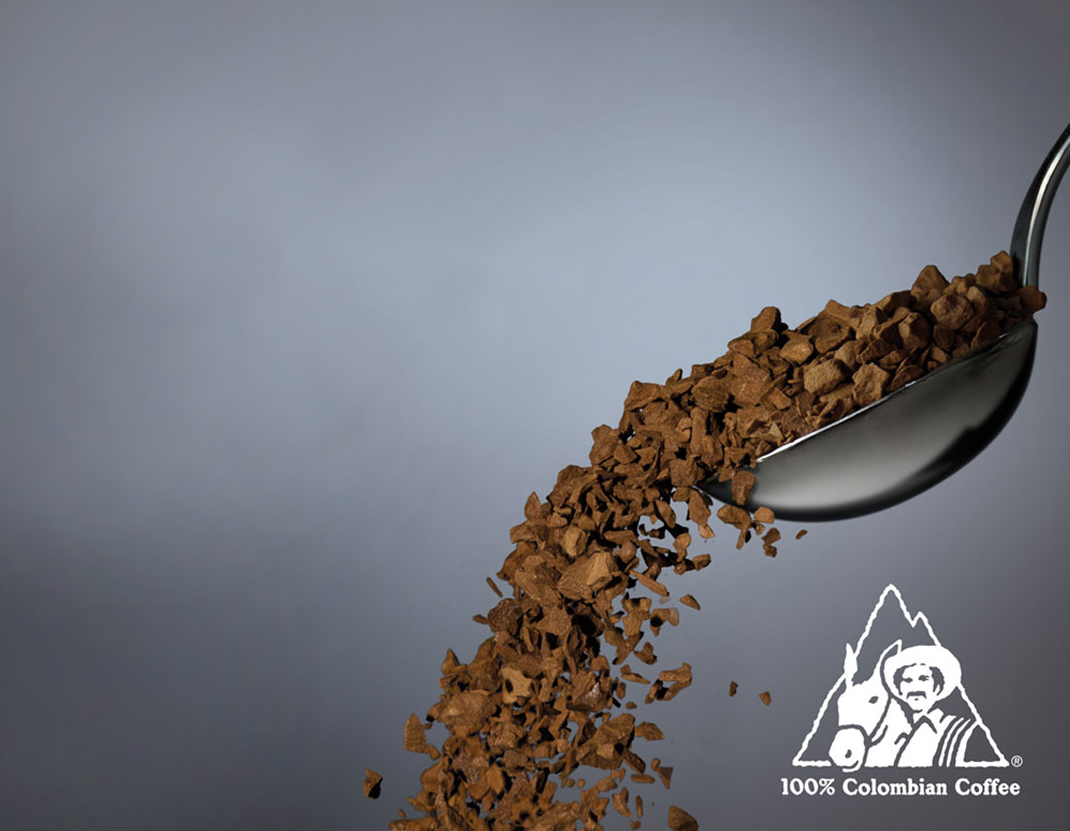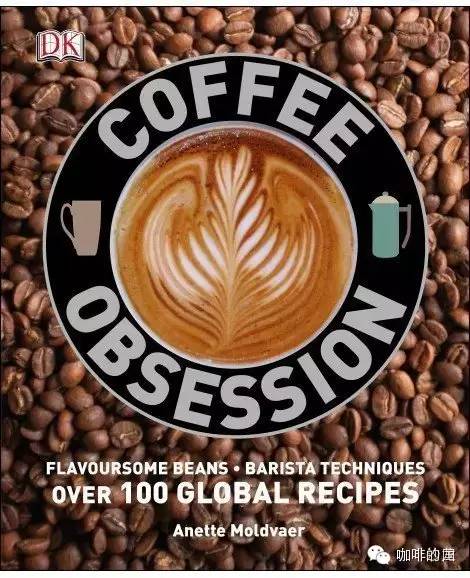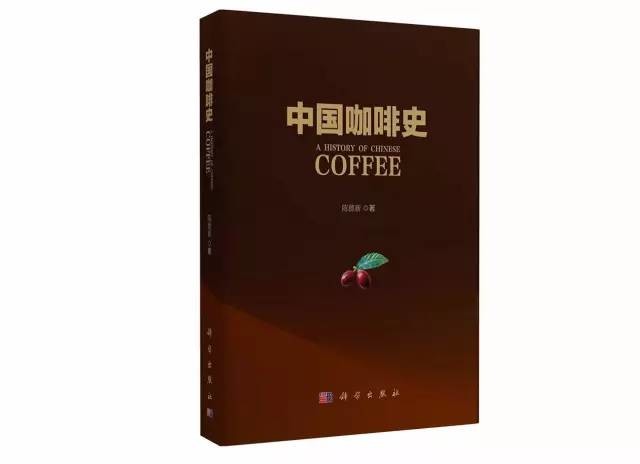No blow, no black, we seriously discuss the vindication of instant coffee.
While more and more people know about boutique coffee, 50% of the world's coffee raw bean production is still used to make instant coffee, and many people's first impressions of coffee are inseparable from a variety of three-in-one instant coffee. What is the charm of such an elusive coffee product? And why are there so many questions? Let's discuss it in this article.

In the current era of increasingly high-quality coffee, more and more cafes have labeled hand-brewed coffee, boutique coffee, freshly roasted coffee and so on. While people accept black coffee and boutique coffee, they also have a better understanding of the advantages and disadvantages of instant coffee. Is it healthy? Is it carcinogenic? More and more doubts began to fill the market. However, according to IMARC (The International Market Analysis Research and Consulting Group), the market value of instant coffee still reached US $8.6 billion in 2015.

As early as 1890, the New Zealander David Strang invented the instant technology and applied for a patent. After that, George Washington invented the technology for mass production of instant coffee and brought it to market in 1910. In 1938, in order to deal with the surplus of coffee beans, the Brazilian government and Nestle jointly improved their production technology, especially by adding the same amount of soluble carbohydrates to improve the flavor before drying, making Nestl é a leading brand in the instant coffee industry. In the 1980s, Maxwell and Nestle coffee successively entered the Chinese market, and the instant coffee of the two giants brought the first coffee enlightenment to China.
The production process of instant coffee mainly includes the following parts:
1. Pretreatment: removal of impurities in coffee raw materials
2. Roasting: the substances in coffee beans undergo complex physical and chemical reactions to form unique coffee aroma substances.
3. Grinding: grind cooked beans into powder
4. Extraction: to extract the soluble components of coffee into water at a certain temperature and pressure.
5. Concentration-drying: forming process to get instant coffee powder
Throughout this production method, it can be said to be a great innovation, which greatly simplified the previous complex coffee brewing process, made coffee as a simple and easy drink quickly popular, and directly led to the first wave of coffee in the world.

The three deadly sins of instant coffee
It is undeniable that there are many problems hidden in the above production methods, and the criticism of instant coffee in the traditional coffee industry exists in the following aspects:
The roasting degree of ① instant coffee often stays at a relatively primary stage, and the roasting depth can not fully reflect the aroma of coffee beans.
② due to the cost problem, the raw materials of instant coffee generally choose Robbota beans with high yield, low price, bitter taste and high caffeine content, in which broken beans, bad beans and maldeveloped varieties are often roasted and ground directly without screening, so that the flavor of the finished coffee will be poor, and long-term drinking is also harmful to the health.
The real coffee ingredients in most of the three-in-one instant coffee now on the market in ③ are only about 1max 4 to 1max 3 of the original ground coffee, and the rest is the so-called coffee companion added to improve the taste-industrial vegetable fat powder, which consists of large amounts of white granulated sugar, glucose syrup and hydrogenated vegetable oils (hydrogenated vegetable oils contain trans fatty acids, which can cause clear harm to the cardiovascular and cerebrovascular system after long-term consumption).

Two methods of making instant coffee
In the process of instant coffee processing, drying is the forming process of instant coffee powder, and it also has the greatest impact on the quality of instant coffee powder. Here are the similarities and differences between the two drying methods:
Spray drying (Spray Dryer, SD): spray drying is the most widely used drying method in industrial production at present.
Advantages: high efficiency and low cost
Disadvantages: it will lose a lot in terms of aroma

▲ spray drying machine
Freeze drying (Freeze Dryer, FD)
Advantages: the drying process is carried out in low temperature and high vacuum environment, the heat-sensitive aromatic substances can be retained, so its aroma and taste will be relatively pure. This drying method can better retain the original flavor of coffee and has become the main technology to lead the new wave of instant coffee.

Vindication of instant coffee?
Judging from the above, the harm of instant coffee to health is mainly attributed to two points: inferior raw materials and too many additives and preservatives, but with such convenient processing technology, can we use it to reproduce "high-quality" coffee? In today's instant coffee market, we also see the rise of a number of "new instant".
Although freeze-drying technology has long been in the field of food production, the practice time of freeze-drying technology for instant coffee is not long. On the premise of high-quality raw materials, freeze-drying technology can better retain the advantages of coffee, so it is also regarded by many manufacturers as the first choice for the production of high-quality instant coffee. UCC of Japan, Maxim of South Korea, Bunncafe coffee of Colombia, and even Starbucks have freeze-dried instant products. Among them, Columbia Bourne coffee (Buencafe) and the new Sudden coffee are hot brands.

Buencafe is the world's largest freeze-dried Arabica coffee instant factory under the Colombian National Coffee producers Association (FNC). With 42 years of freeze-drying experience, it is one of the first instant coffee producers to adopt this technology and currently has a 75 per cent market share. In terms of raw material procurement, Colombian soft coffee is washed with 100% Arabica water, coupled with the advanced technology of Cenicafe National Coffee Research Center to control the quality of freeze-dried instant coffee in all directions, hoping to break people's prejudice against instant coffee and improve consumers' pleasure and experience of instant coffee. At the same time, the person in charge of Buencafe also believes that at present, China's instant coffee market is still in the low-end market stage, and consumers' awareness is not clear, coupled with a large number of low-quality instant coffee flooding the market, disturbing consumers' judgment, so there is still a long way to go to really reverse Chinese people's prejudice against instant coffee.

Sudden Coffee is the brand with the halo of Silicon Valley technology, praised by the New York Times as "instant coffee that really makes you want to drink." Its founder is Kalle Freese, the champion of two Finnish Coffee Masters. The raw beans used by Sudden Coffee are all boutique coffee beans from Ethiopia. After roasting technology that meets the standard of fine coffee, Italian concentrate is extracted by La Marzocco Linea coffee machine by hand, then dried and compressed, and finally made into powder. The process seems simple, but it contains unique new technologies from Silicon Valley, and Kalle Freese has always refused to disclose the details of these technologies. Perhaps it is this sense of mystery that keeps sudden coffee's attention high. Recently, in order to reflect the difference between instant coffee and ordinary instant coffee, the company has changed its name to "No-Brew Coffee" (non-brewing coffee) to reflect its advantages-hand-made style aroma, smoother, richer taste and continuous excellent quality. I have to say that this is another move to rectify the name of instant coffee.
To sum up, there are only three criteria to judge whether a cup of instant coffee is harmful to health: the standard of raw materials, the industrial addition in the production process, and whether to use plant fat powder. As long as there are high-quality raw materials, Excelsior processing and all-natural scientific treatment without preservatives, you can make a cup of high-quality instant coffee comparable to fine coffee, which is convenient and delicious. What reason do you have to refuse if you love coffee?
Important Notice :
前街咖啡 FrontStreet Coffee has moved to new addredd:
FrontStreet Coffee Address: 315,Donghua East Road,GuangZhou
Tel:020 38364473
- Prev

Coffee book recommendation: practical reference book "Coffee Obsession"
Title: CoffeeObsession author: AnetteMoldvaer Buy way: Amazon's 2014 new book. The author has a lot of qualifications for YY, just to mention a few more conspicuous, has been a WBC, COE referee, baked WBC champion beans, has won the World Cup evaluation championship, has a well-known baking company in operation. Concise and to the point, it is the most attractive part of this book. Full book base
- Next

Coffee book recommendation: the first Chinese coffee history book "Chinese Coffee History"
With the arrival of the third wave of coffee, domestic coffee enthusiasm is also rising. Coffee shops one after another, in the streets and commercial centers, coffee consumers, enthusiasts and baristas are increasingly tracing the origins of coffee and doing everything they can to understand it. In the bookstore and online, there are all kinds of coffee books, including coffee tasting and coffee making teaching.
Related
- Beginners will see the "Coffee pull flower" guide!
- What is the difference between ice blog purified milk and ordinary milk coffee?
- Why is the Philippines the largest producer of crops in Liberia?
- For coffee extraction, should the fine powder be retained?
- How does extracted espresso fill pressed powder? How much strength does it take to press the powder?
- How to make jasmine cold extract coffee? Is the jasmine + latte good?
- Will this little toy really make the coffee taste better? How does Lily Drip affect coffee extraction?
- Will the action of slapping the filter cup also affect coffee extraction?
- What's the difference between powder-to-water ratio and powder-to-liquid ratio?
- What is the Ethiopian local species? What does it have to do with Heirloom native species?

